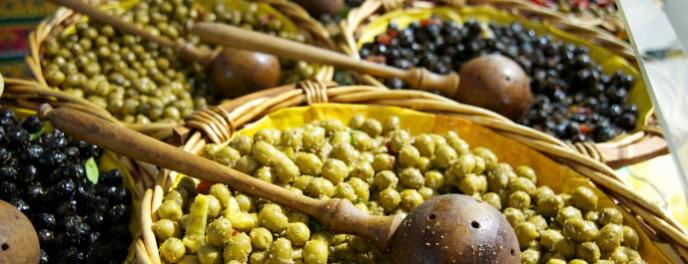The tapenade comes from the Provençal word ‘tapéno’ which means capers.
Originally, therefore, the tapenade is a crushed capers added garlic and olive oil.
These are the Greeks who brought this paste of capers that crossed the centuries and became the condiment base of Provencal cooks. Of Marseille origin, the tapenade is a surprisingly recent and modern recipe. It is the famous chef Meynier, the restaurant La Maison Dorée in Marseille, who would have developed in 1880 this sunny recipe to garnish boiled eggs. After mixing black olives, capers, anchovy fillets and marinated tuna, the “black tapenade“ was born.
Black or green tapenade?
If the current recipe for black tapenade is a mix of black olives and capers, anchovy fillets, some cloves of garlic, pepper and olive oil, tapenade Green, his twin, differs somewhat. Indeed, the latter is developed by mixing, in equal parts, green olives with pine nuts or almond powder. The addition of capers then becomes optional. You can enjoy your tapenade on canapés, during an aperitif or a festive meal.
You can also easily put down your tapenade in an even layer on a slice of bread. It can, finally, serve as a stuffing for a poultry, or accompaniment to soak vegetable sticks.
You will also be advised to accompany your tapenade tastings, whatever they are, with a dry and light rosé wine, or a very fresh white wine.




Way to go on this post man. Really interesting stuff. I’ll be back to read your other posts.